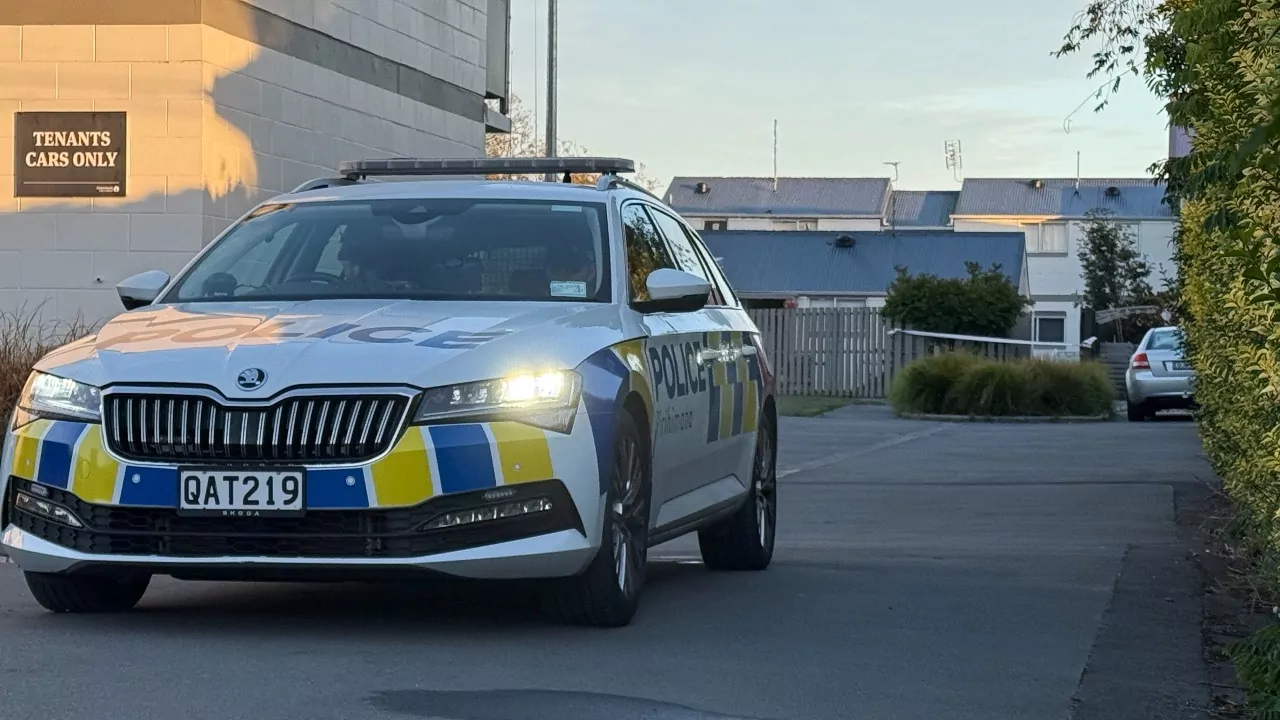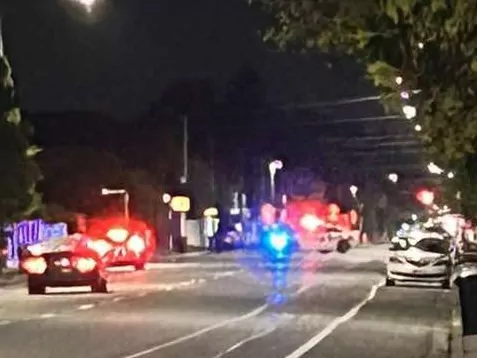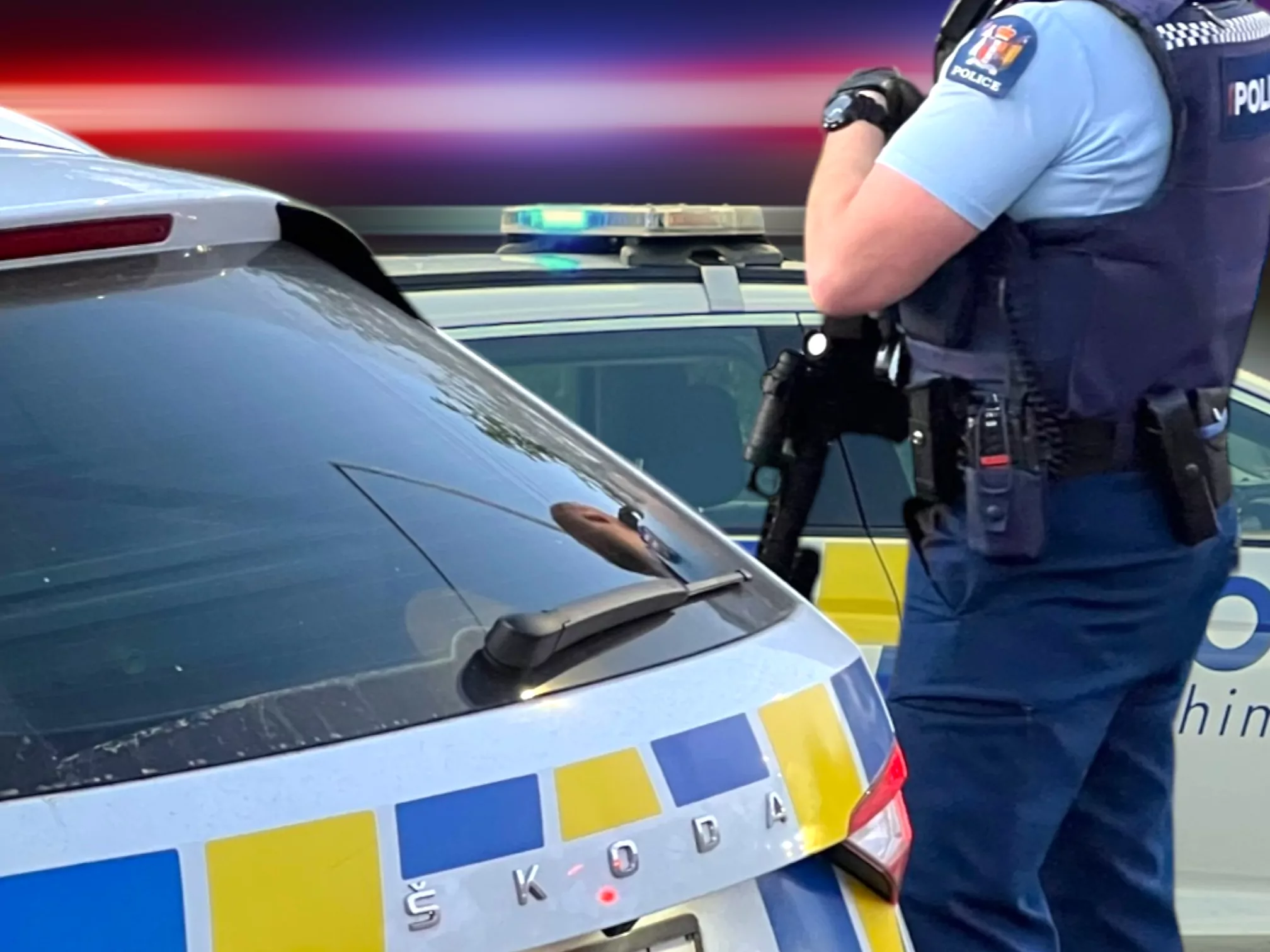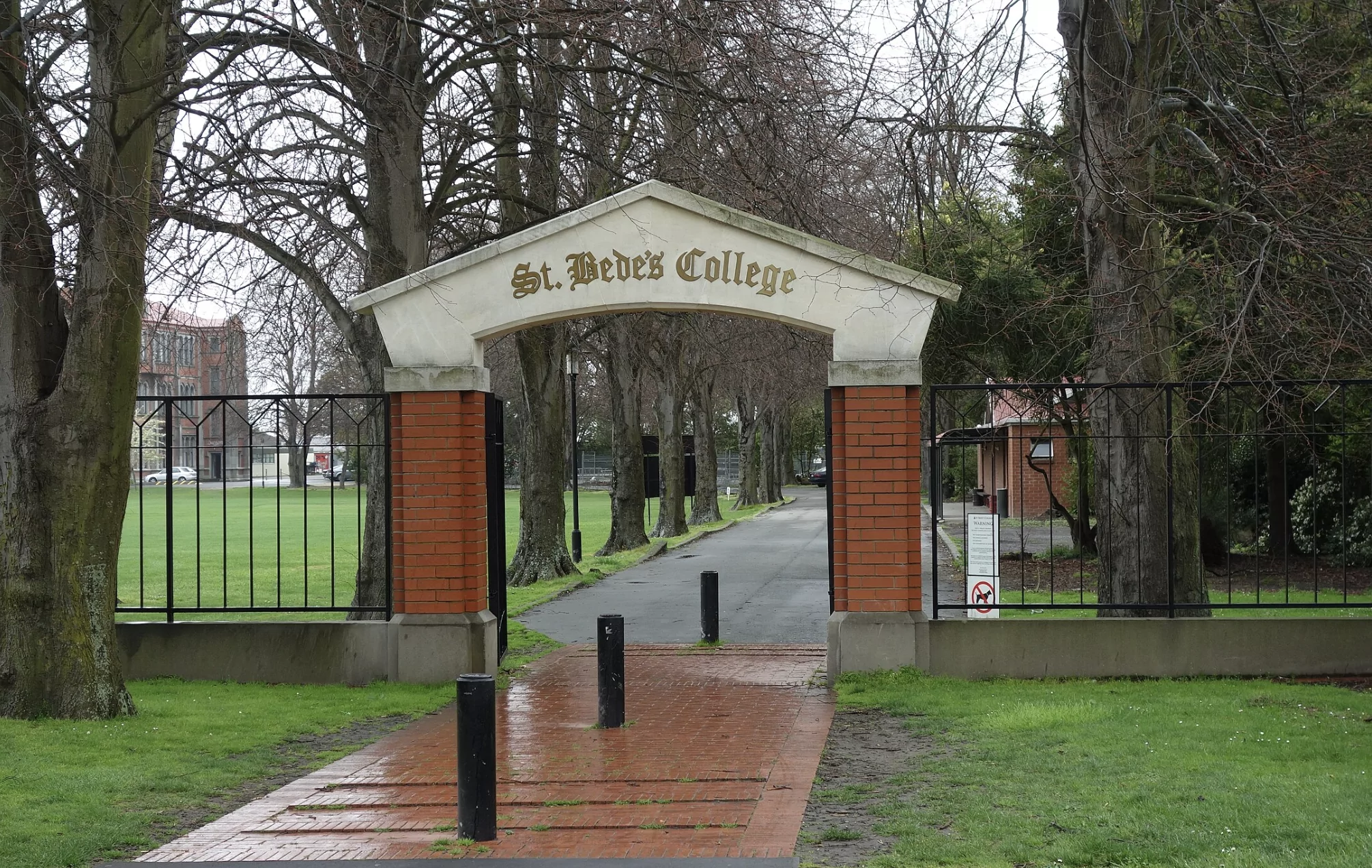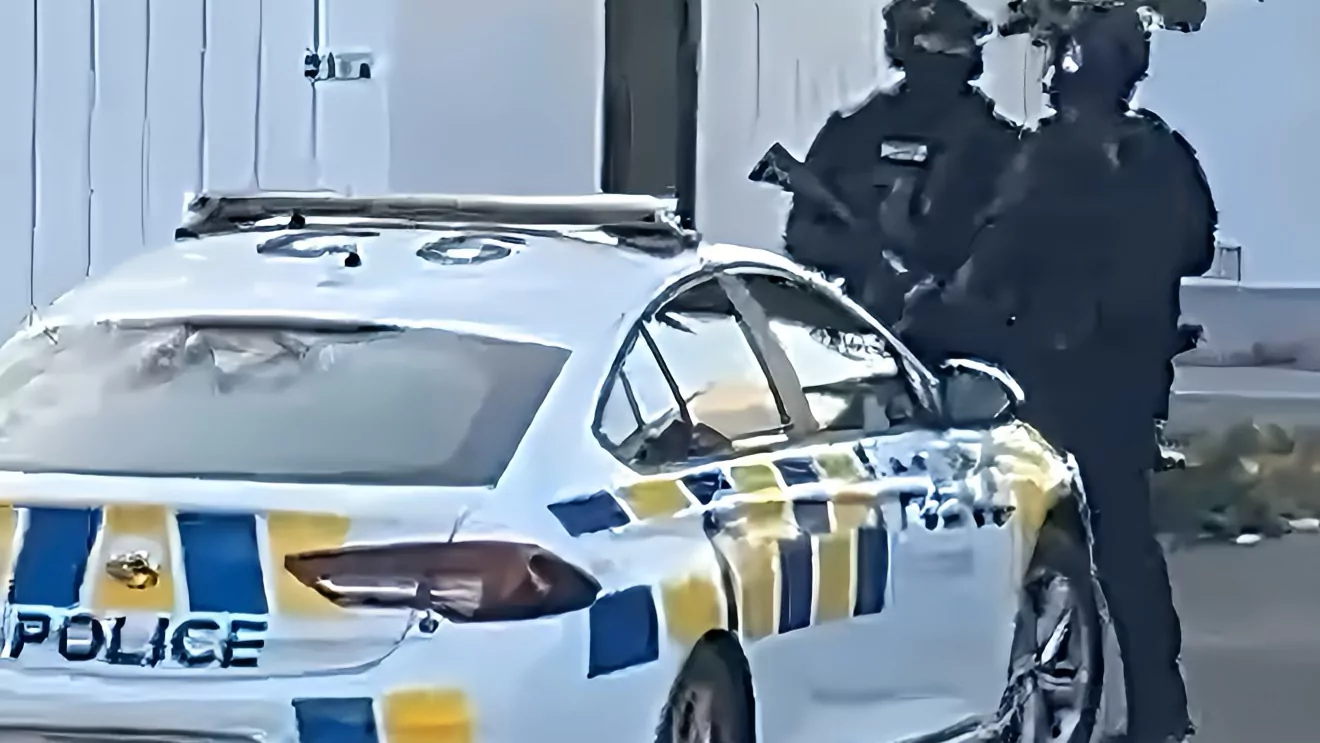WARNING: Article contains information that may upset some readers
A coroner has ruled police were justified in shooting a Darfield man, who died from his injuries following a police call out.
Donald Melville Ineson died on 25 November 2018 after being shot by police. In the Coroner’s report released on Wednesday, it outlines Ineson’s situation leading up to his death.
Ineson had two weeks off work after his injury, but it did not help his pain or movement. His GP prescribed him pain killers, including amitriptyline. When he returned to work, he was unable to do what was needed and was sent home.
He attended Darfield Medical Centre on 5 March and his GP subsequently referred him to an Orthopaedic and Spine surgeon. Diagnostic testing on 14 April showed protrusion of a vertebral disc causing extreme pain.
His father died on 8 July. A week later, his mother, who had a diagnosis of Alzheimer’s disease, moved into a care home.
Evidence from his medical notes shows that following his surgery, Ineson was a lot more inactive compared to before his operation. He reported that he could not walk without limping and his pain was constant, but he walked every day to stay mobile.
As well, he and his wife were under a lot of pressure. They had money issues. There were tensions between them. They argued a lot. They lived apart for a short time.
By 25 November Ineson was a man debilitated by pain, grief and disappointment. He had no criminal history. On the afternoon of 25 November 2018, Mr and Mrs Ineson were at home with their two children.
They argued heatedly about money. Mr Ineson threw his wife’s cell phone on the fire. He started pushing her. She thought he was going to hit her. Mr Ineson settled down briefly after realising the children could hear them from another room.
Then he and Mrs Ineson continued arguing. He left the house, then returned with his shotgun. He pointed it at her. His son came in the room asked him what he was doing and to put the shotgun down.
Mr Ineson left the house carrying the shotgun. He walked around the left side of the house to the rear where there was a green chair by a tree near a container. He discharged his shotgun. (That evening a police officer located two spent shotgun shells and one live shell under the tree).
Mr Ineson went into the shed. He locked up his shotgun in the gun cabinet in there.
He picked up an axe and went to the door of the house (which by then had been locked by Mrs Ineson, who had locked herself and the children in the bathroom). Mr Ineson struck the door with the axe, breaking the glass. He went inside into the kitchen and put the keys to the gun cabinet in a cupboard above the fridge where they were always kept.
He then went into the bedroom and opened a drawer and took out his car keys and driver licence. He did not speak to, or otherwise attempt to contact his wife and children.
The shed was originally part of an internal garage. Room had been taken from the garage to make the main bedroom. Mr Ineson kept his shotgun and ammunition locked in a gun cabinet in the shed.
Mr Ineson then walked back to the shed and left the axe there. (When later found by Police there was glass embedded in it, matching the door glass).
He then walked down his driveway and opened the gates. He walked back to the carport where his Ford Falcon car was parked. Mr Ineson got into it, reversed it out of the carport and drove down his drive at speed. He hit a police officer as he drove out of the gate but did not stop.
Instead Mr Ineson turned right and drove off, west down Bangor Road in the direction of Coalgate. Two police officers shot towards his car as he drove away.
From about 300 metres up the road, Mr Ineson made a U turn and drove back a part of the way down the road and slowed about 100 metres from his house. He then pulled over to the side.
When Police approached the Ford Falcon, they found him dead in the driver’s seat.
The Coroner ruled that Ineson’s cause of death was from a single small calibre high velocity gunshot to chest which caused internal haemorrhage.
The Coroner said that “everything the officers were told or saw built on the things they had previously been told or saw. I am satisfied that the officers received sufficient information to conclude that Mr Ineson posed a threat. Having assessed what they knew, I am satisfied that their belief that Mr Ineson posed a threat to other people, including other motorists, was an honest and reasonable one in the circumstances as they believed them to be.
His sister-in -law referred to him as “Don the gentle giant” on account of his height (1.97m-6ft 6in). His family describe him as having a calm, slightly reserved, kind, and quiet demeanour and a good sense of humour, with a strong work ethic. They spoke of his honesty and his “strong sense of right and wrong.

